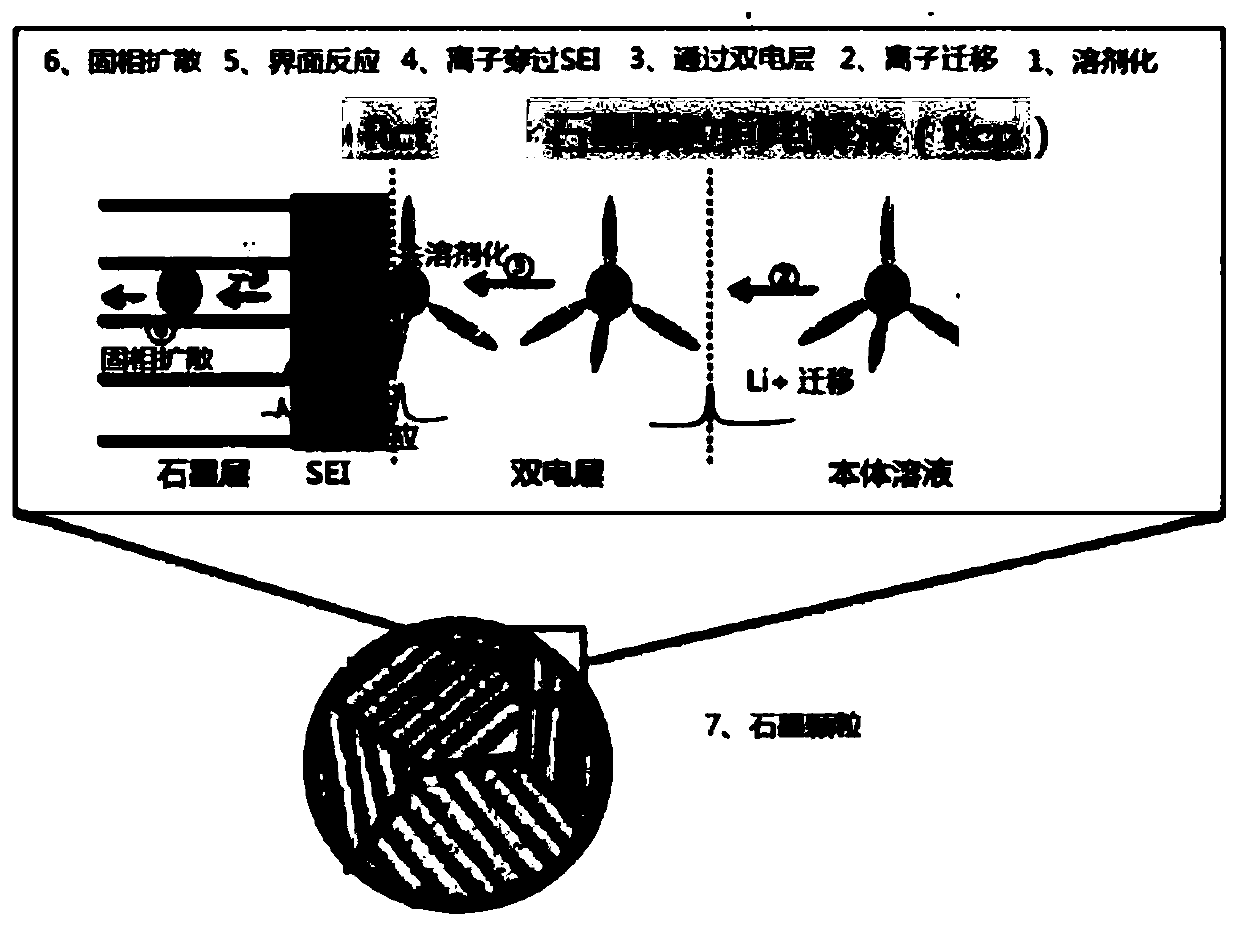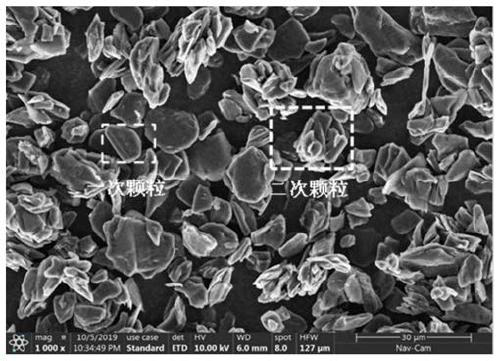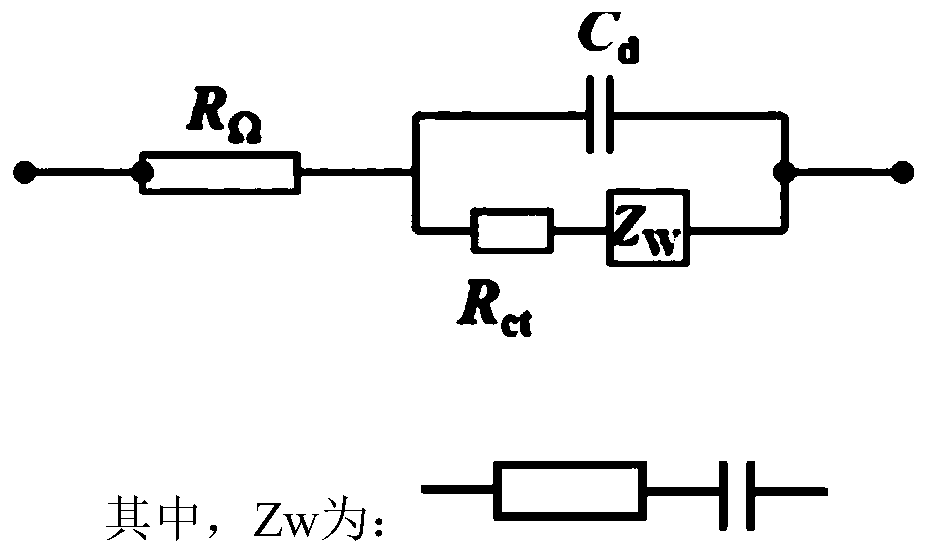Electrochemical device and electronic device comprising same
An electrochemical and compound technology, applied in the field of energy storage, can solve the problems of inability to achieve charging speed, greatly improve, and reduce performance, and achieve the effect of improving fast charging performance
- Summary
- Abstract
- Description
- Claims
- Application Information
AI Technical Summary
Problems solved by technology
Method used
Image
Examples
preparation example Construction
[0107] The negative electrode can be prepared by a preparation method known in the art. For example, the negative electrode may be obtained by mixing an active material, a conductive material, and a binder in a solvent to prepare an active material composition, and coating the active material composition on a current collector.
[0108] The negative active material includes a material that reversibly intercalates / deintercalates lithium ions. In some embodiments, the material that reversibly intercalates / deintercalates lithium ions includes a carbon material. In some embodiments, the carbon material can be any carbon-based negative active material commonly used in lithium-ion rechargeable batteries. In some embodiments, carbon materials include, but are not limited to, crystalline carbon, amorphous carbon, or mixtures thereof. The crystalline carbon may be amorphous, platelet, platelet, spherical or fibrous natural graphite or artificial graphite. The amorphous carbon may be...
Embodiment
[0141] Hereinafter, although an Example and a comparative example are given and this application is demonstrated more concretely, unless it deviates from the summary, this application is not limited to these Examples.
[0142] 1. Preparation of Li-ion battery
[0143] (1) Preparation of negative electrode
[0144] The negative electrode active material includes first particles and second particles, wherein the first particles are secondary particles, and the secondary particles contain no less than two primary particles. The Dv50 of the primary particles in the secondary particles is 2 to 10 microns, and the Dv50 of the secondary particles is 5 to 20 microns. The second particle is a primary particle, and the Dv50 of the second particle is 3 microns to 10 microns.
[0145] Negative electrode active materials with different specific surface areas and porosities are obtained by controlling the graphitization temperature during preparation and the ratio of the first particle to...
PUM
| Property | Measurement | Unit |
|---|---|---|
| electrical conductivity | aaaaa | aaaaa |
| electrical conductivity | aaaaa | aaaaa |
| surface tension | aaaaa | aaaaa |
Abstract
Description
Claims
Application Information
 Login to View More
Login to View More - R&D
- Intellectual Property
- Life Sciences
- Materials
- Tech Scout
- Unparalleled Data Quality
- Higher Quality Content
- 60% Fewer Hallucinations
Browse by: Latest US Patents, China's latest patents, Technical Efficacy Thesaurus, Application Domain, Technology Topic, Popular Technical Reports.
© 2025 PatSnap. All rights reserved.Legal|Privacy policy|Modern Slavery Act Transparency Statement|Sitemap|About US| Contact US: help@patsnap.com



